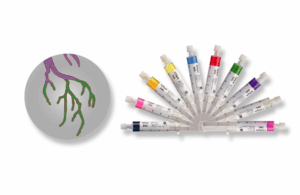
Varian wins CE Mark for Embozene microspheres in knee osteoarthritis
Varian announced its Embozene microspheres have received CE mark for genicular artery embolisation (GAE) to treat knee osteoarthritis.

Varian announced its Embozene microspheres have received CE mark for genicular artery embolisation (GAE) to treat knee osteoarthritis.
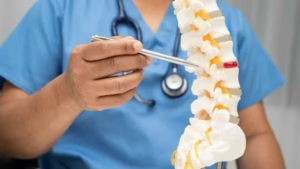
ARC‑EX is the first system to receive a CE Mark in Europe specifically for improving hand and arm strength and sensation in adults with chronic, incomplete spinal cord injury.

Researchers have developed a material that can sense tiny changes within the body, such as during an arthritis flareup, and release drugs exactly where and when they are needed.

Physicians rely on nuclear medicine scans, like SPECT scans, to watch the heart pump, track blood flow and detect diseases hidden deep inside the body. But today’s scanners depend on expensive detectors that are difficult to make.

Indiana University School of Medicine scientists have developed a new method that shifts the behavior of immunosuppressive cells in tumors, turning them from cancer protectors into tumor fighters.
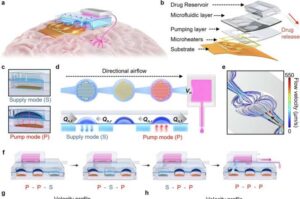
A research team has developed an implantable wireless neural interface capable of delivering drugs precisely to deep regions of the brain.

Post-traumatic stress disorder (PTSD) is a mental health disorder triggered by traumatic experiences such as accidents, disasters, or violence. Exposure therapy, a scientifically validated treatment for PTSD, involves the gradual re-exposure of patients to trauma-related cues to reduce anxiety and avoidance behaviors.

In the depths of the ocean, marine corals have evolved intricate, porous structures that shelter diverse microbial communities. Now, researchers have borrowed this biological blueprint to create an ingestible pill that can sample bacteria from one of the most inaccessible regions of the human body: the small intestine.
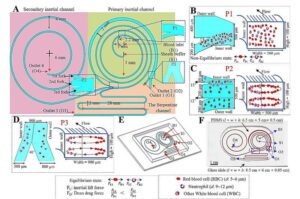
Sepsis arises from infection and immune dysregulation. Neutrophils play a key role in its progression, yet existing clinical tools cannot simultaneously isolate these cells and measure their functional activity.
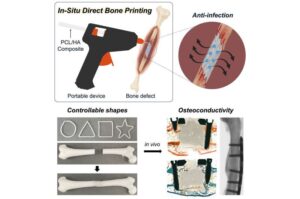
Scientists have developed a tool made from a modified glue gun that can 3D print bone grafts directly onto fractures and defects during surgery.